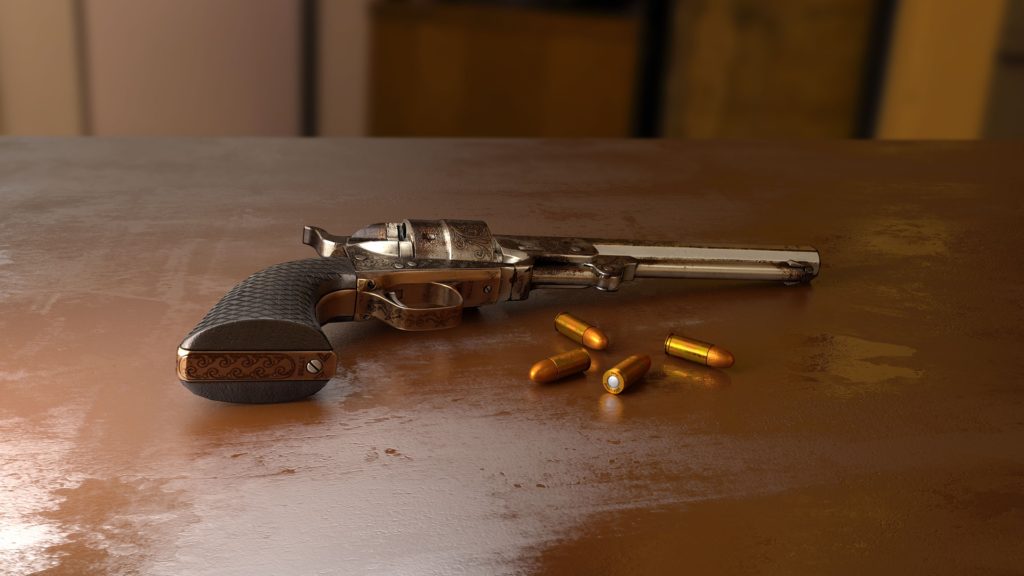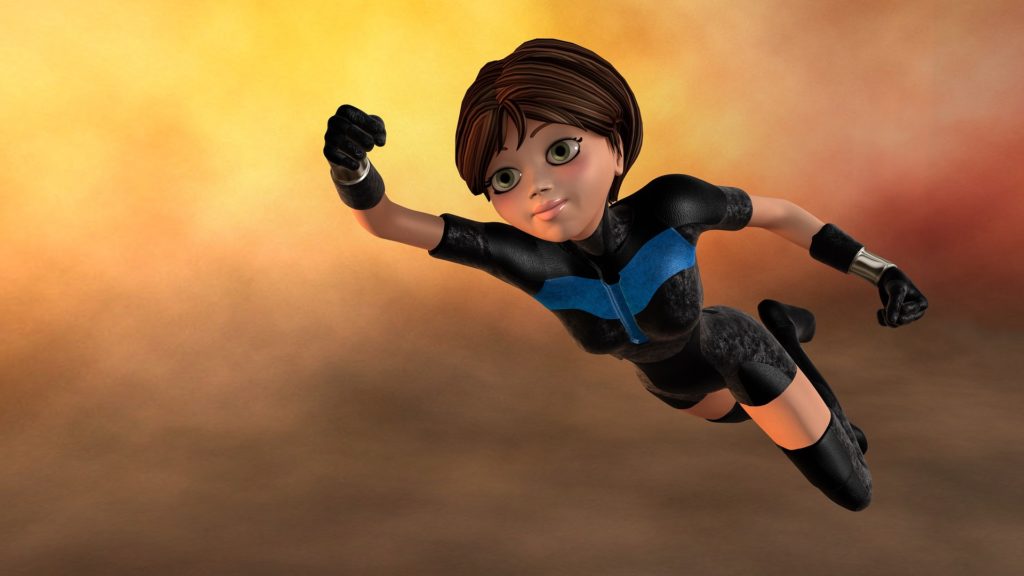How to choose between modeling and sculpting.
Sculpting or modeling – when does which approach makes sense? Which objects are best handled by modeling (for example to create a 3D configurator) and which are best handled by sculpting? Sculpting and modeling seem to be very similar… if you use the wrong approach, it is synonymous with failed art and a longer processing time.
Sculpting or Modeling?
On the surface the toolsets look the same. Both modeling and sculpting create the geometry needed for characters, environments, and props.
But if we take a closer look at the subject, the differences that occur are really not to be overlooked. And these differences can have a significant impact on the success of a project.
Let`s take a look at modeling first.
Modeling.

The basis of modeling is working with polygonal shapes. We manipulate objects in component mode and move around verts or edges to create more complex objects.
Squares from the basis of our modeling tools. We can very efficiently manipulate large areas of our model by quickly selecting edges rings and loops.
In addition, modeling provides the precision to select individual components of our mesh. This allows us to make bery specific changes to our model at the expense of a slower workflow.
When does modeling make sense?
Based on the above strenghts, modeling is ideal for a new specific tasks.
From a creative point of view, modeling is ideal for creating solid surface objects: machined, man-made objects.
Parallel lines, 90-degree angles and hard edges are what characterize modeling.
Modeling is also extremely precise. We can control absolutely every aspect of our model at the vertex level. The trade-off here is a slowdown – selecting and moving individual nodes is tedious.
There is also a technical side to modeling. Creating well topologized meshes is a must for tasks such as character setup. So if your mesh is more than just a statue, then modeling is the right approach.
When should you do without modeling?
Modeling is great for hard surfaces. Conversely, modeling for organic objects is generally terrible. Anything that is softer, rounder and generally more grown than made is difficult to model.
Sculpting.

In many ways, sculpting is the counterpart to modeling. Sculpting is based on a brush-based user interface. We don`t interact with the actual mesh, but deform it with our brush tools.
This makes modeling extremely fast and intuitive. It`s one of the most artistic emotional forms of CG art. It also means that it`s very fast – instead of selecting and moving verts one by one, like in modeling, we move our model around with a brush and make changes very quickly.
The disadvantage is a lack of precision. Editing individual components can be difficult. And because our brushes are basically soft, it is difficult to catch sharp and hard edges.
When should sculpting be used?
Sculpting deals with things that modelling doesn`t do. It`s ideal for creating organic shapes – characters, monsters, clothes – these kinds of things are best done with sculpting.
Sculpting can also create fantasically detailed objects with ease – a little too easily if your computer can`t handle such complicated meshes. The ability to constantly iterate on our mesh using our brush-based tools allows us to quickly detail our objects.
When should you do without sculpting?
Sculpting is not so good for creating hard surface shapes. Sure, there are tools that can do that, but in general the precision required is better suited for modeling.
Sculpting is almost exclusively artistic, which is good. But the resulting mesh will have too many polygons for animation. It needs to be processed through retopologization into something that a program like Maya can easily handle. This is another limitation to keep in mind.
As a rule of thumb, remember the following: Modeling is more suitable for hard-surface objects and sculpting for organic objects.